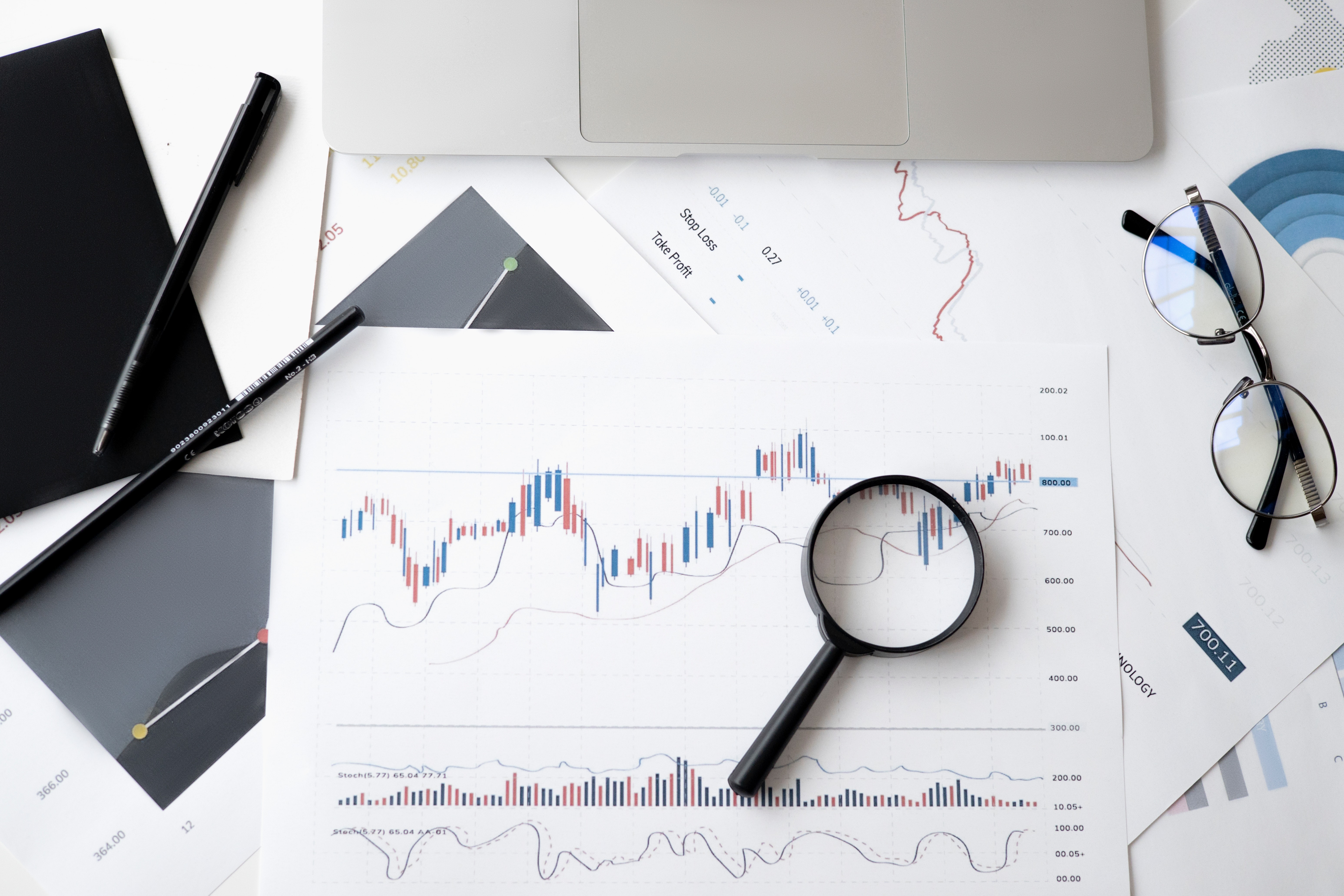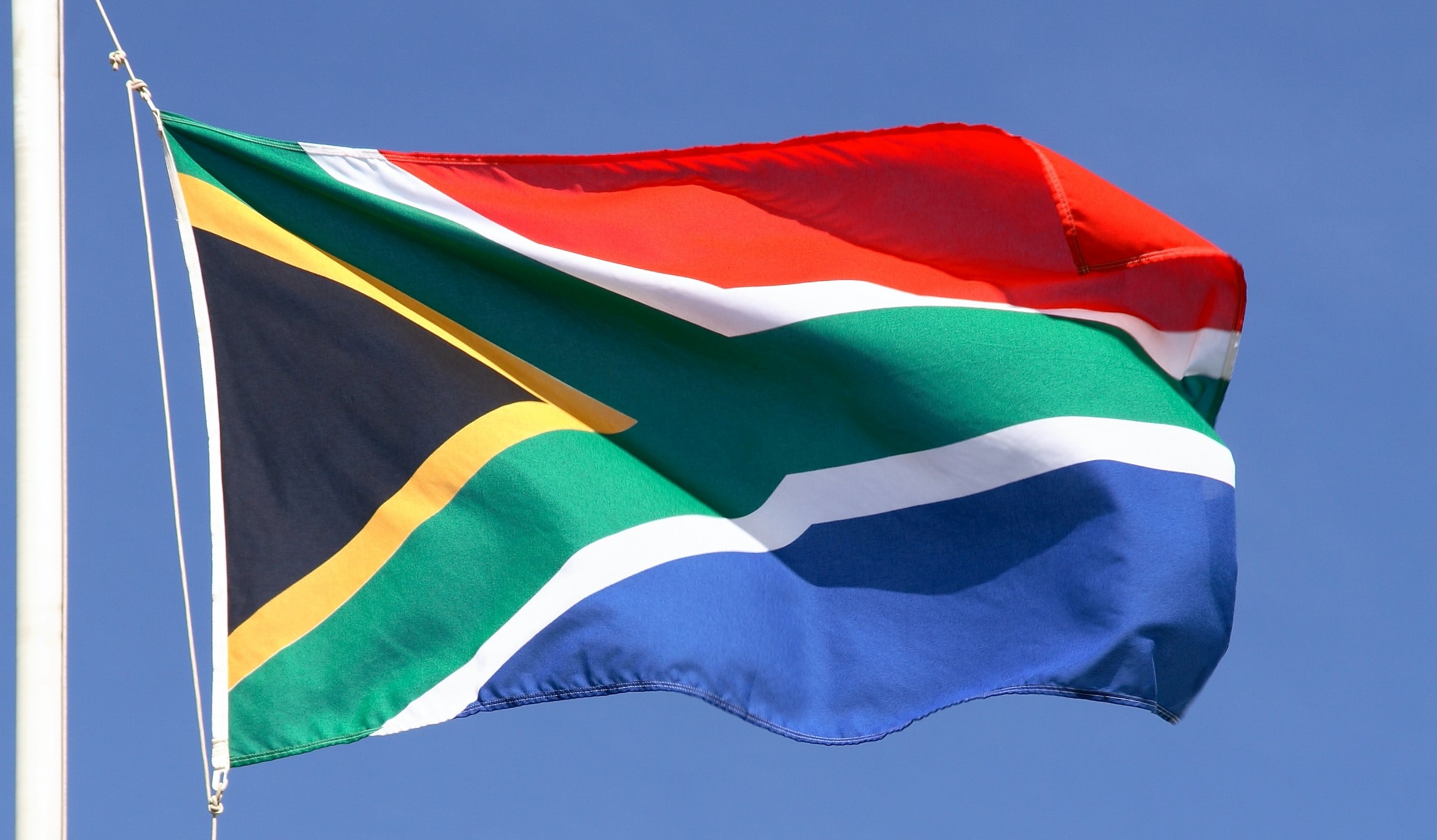UN expects SA’s GDP to rebound by less than 3% this year
The United Nations (UN) has forecast that South Africa’s gross domestic product (GDP) will rebound less than 3% in 2021 due to a number of downside risks clouding Africa’s outlook.
In its World Economic Situation and Prospects as of mid-2021, the UN said South Africa’s GDP was projected to expand by 2.8% in 2021, reports Business Report.
This is the lowest GDP forecast for South Africa this year after an upwards growth outlook of 3.8% by the South African Reserve Bank, 3.3% by the National Treasury, and 3% by the World Bank. The UN report also warned that medium-term prospects were constrained by lack of fiscal space, chronic high unemployment and lingering power shortages as Eskom fails to resolve the energy crisis.
The report said the growth outlook in several sub-Saharan African countries remained fragile, with GDP forecast to contract by 0.7% in the region this year. For the rest of Africa, the UN said GDP was forecast to contact by 0.2% as the vaccination progress is by far the slowest in the world at only 1.2 doses administered per 100 people. It said for many countries, economic output was only projected to return to pre-pandemic levels in 2022 or 2023.
Africa’s situation is completely the opposite of its global peers as the UN said the global economy was now projected to expand by 5.4% in 2021, an upward revision from 4.7% growth forecast in January.
The UN said growth would be led by robust rebound in China and the US amid rapid vaccinations and continued fiscal and monetary support measures. Manufacturing-dependent economies had fared better, but a quick rebound looks unlikely for tourism- and commodity-dependent economies.
UN expects SA’s GDP to rebound by less than 3% this year
The United Nations (UN) has forecast that South Africa’s gross domestic product (GDP) will rebound less than 3% in 2021 due to a number of downside risks clouding Africa’s outlook.
In its World Economic Situation and Prospects as of mid-2021, the UN said South Africa’s GDP was projected to expand by 2.8% in 2021, reports Business Report.
This is the lowest GDP forecast for South Africa this year after an upwards growth outlook of 3.8% by the South African Reserve Bank, 3.3% by the National Treasury, and 3% by the World Bank. The UN report also warned that medium-term prospects were constrained by lack of fiscal space, chronic high unemployment and lingering power shortages as Eskom fails to resolve the energy crisis.
The report said the growth outlook in several sub-Saharan African countries remained fragile, with GDP forecast to contract by 0.7% in the region this year. For the rest of Africa, the UN said GDP was forecast to contact by 0.2% as the vaccination progress is by far the slowest in the world at only 1.2 doses administered per 100 people. It said for many countries, economic output was only projected to return to pre-pandemic levels in 2022 or 2023.
Africa’s situation is completely the opposite of its global peers as the UN said the global economy was now projected to expand by 5.4% in 2021, an upward revision from 4.7% growth forecast in January.
The UN said growth would be led by robust rebound in China and the US amid rapid vaccinations and continued fiscal and monetary support measures. Manufacturing-dependent economies had fared better, but a quick rebound looks unlikely for tourism- and commodity-dependent economies.

Key African central banks may hold rates on growth concerns
Central bankers in eight sub-Saharan African countries are likely to keep interest rates unchanged in the next two weeks as a slow rollout of COVID-19 vaccines means their economies remain vulnerable to a new wave of the virus, Moneyweb reports.
After monetary policy committees in Mozambique, Zambia and Zimbabwe were the first globally to hike this year, chances increased that a new wave of infections and extended lockdowns could further weigh on the recovery of a region where GDP slumped the most in a quarter century last year.
How credit rating agencies view South Africa’s long-term prospects
Both S&P Global and Fitch Ratings left their long-term sovereign credit ratings for South Africa unchanged at BB-, three levels below investment grade, retaining their stable and negative outlooks, respectively.
S&P, which has not changed its assessment of South Africa’s debt since April 2020, said in a scheduled report published that the nation’s credible central bank, flexible exchange rate and deep capital markets should counterbalance low economic growth and fiscal pressures. S&P’s comments come after Moody’s Investors Service, which rates South Africa one notch higher, said on 18 May 2021 that South Africa was at risk of a further downgrade should economic growth remain weak as the high interest rates the government was borrowing at meant debt levels would continue to rise, Business Day reports.
S&P cautioned in its report that while SA’s economy would rebound in 2021 after 2020’s 7% contraction, long-term economic growth remains negative on a per capita basis. The ratings agency also highlighted the slow pace of economic reforms as well as reforms to “governance frameworks to reduce misuse and leakage of public funds”.
S&P said it expects SA to post a second consecutive current account surplus in 2021, thanks to a combination of higher commodity prices that are boosting export revenue coupled with a moderate recovery in imports. Nevertheless, it estimated that the surplus on the current account, a broad measure of trade in goods and services, would narrow to about 1.2% of GDP in 2021, before reverting to a structural deficit.
S&P said it estimated SA’s GDP per capita at about $5,700 (R80,000) in 2021, which was an improvement from about $5,000 in 2020 but still lower than the $8,000 recorded in 2011. It expects per capita GDP to remain close to $6,000 over the medium term.
S&P also warned that while SA’s recent fiscal performance is better than the targets laid out in the February 2021 budget, this trend was not strong enough to stabilise the country’s debt-to-GDP trajectory, which it said would reach “just below 90% in 2024”. It also expects the government’s debt servicing costs to rise above 20% of fiscal revenue by 2024.
S&P is forecasting economic growth for SA of 3.6% in 2021, moderating to 2.5% in 2022 and 1.3% in 2023. It expects inflation to average more than 4% in 2021, driven by higher prices for food, electricity, oil and transport. Fitch sees the economy growing 4.3% in 2021 and 2.5% in 2022.

SA could be in store for interest rate hike in late 2021, says BNP Paribas
BNP Paribas, one of the world’s largest banking groups with operations in more than 70 countries, has brought forward its interest rate expectations, saying the South African Reserve Bank (SARB) should raise rates in late 2021 amid rising core inflation and an economic recovery.
BNP Paribas, however, cited rising core inflation and a better-than-expected economic recovery as reasons why the SARB could raise the repo rate 25 basis points in November, followed by a second hike in January 2022.
South Africa’s inflation outlook has worsened in 2021, amid rising fuel and food costs. So far in 2021, Brent crude has risen almost a third, though other commodities have risen as well, boosting South Africa’s growth prospects.
BNP Paribas noted a third wave of Covid-19 remained a threat to South Africa’s economy, and the SARB may signal a future hike only in July.
https://www.pps.co.za/newsletters/month-ahead


